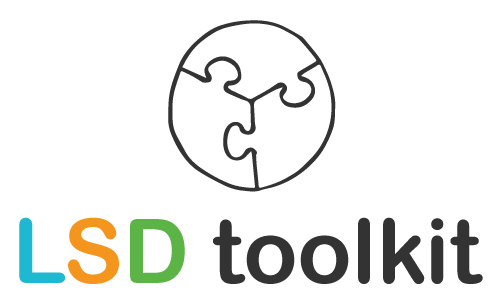This Liberating Structure is about ‘Acting a prototype’. Making prototypes with improvisation. It is a fun, energetic way of working in which you start acting and directing. A nice variation on the often (too) serious brainstorming sessions. On this page a short instruction.
To be serious is to press for a specified conclusion. To be playful is to allow for unlimited possibility. – James Carse
STEP 1: PREPARATION
– Make groups of 3-5 people
– Choose a problem and frame (the same for all theater groups) or let the groups choose a problem and a frame themselves.
– make sure there are nice ‘props’ ready, such as clothing, glasses and stick-on beards. A director’s sign is also nice.
STEP 2: SCENARIO
Each theater group devises a scenario in which the (user) problem is explained and a possible solution can be seen. The performance lasts a maximum of five minutes. One group member is the director, the rest is an actor.
STEP 3: THE PERFORMANCE
– The theater group plays the performance for those present. Do not provide an explanation in advance. If all goes well, the message will automatically become clear.
– Those present take notes. What do they think is strong? How weak? What does an explanation need?
STEP 4: EVALUATION
When all theater groups have attended, you discuss the session in plenary:
– What was the working method like?
– Has the problem become clearer or more manageable?
– What concrete actions have the performances yielded?
You can find the complete instruction of this liberating structure here .
